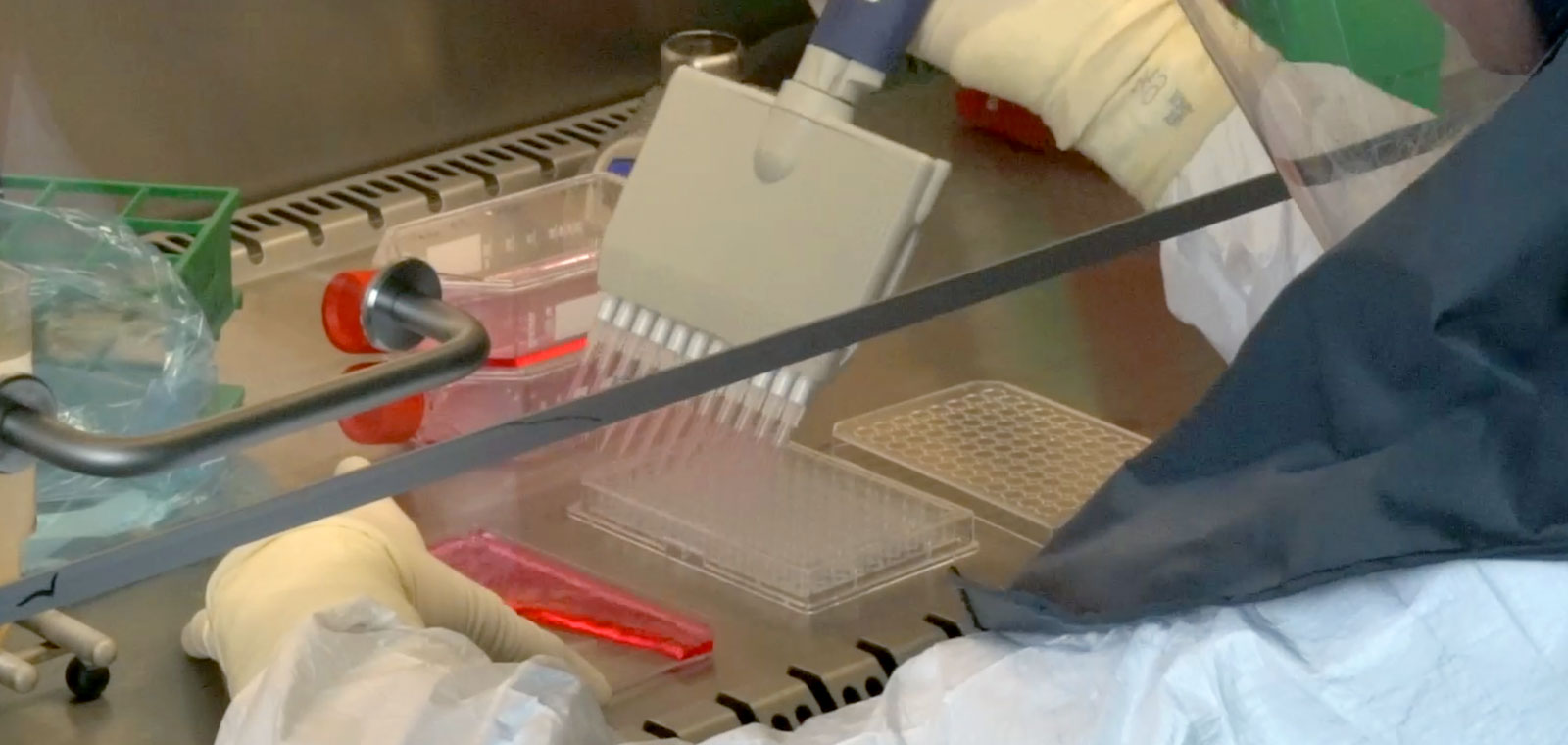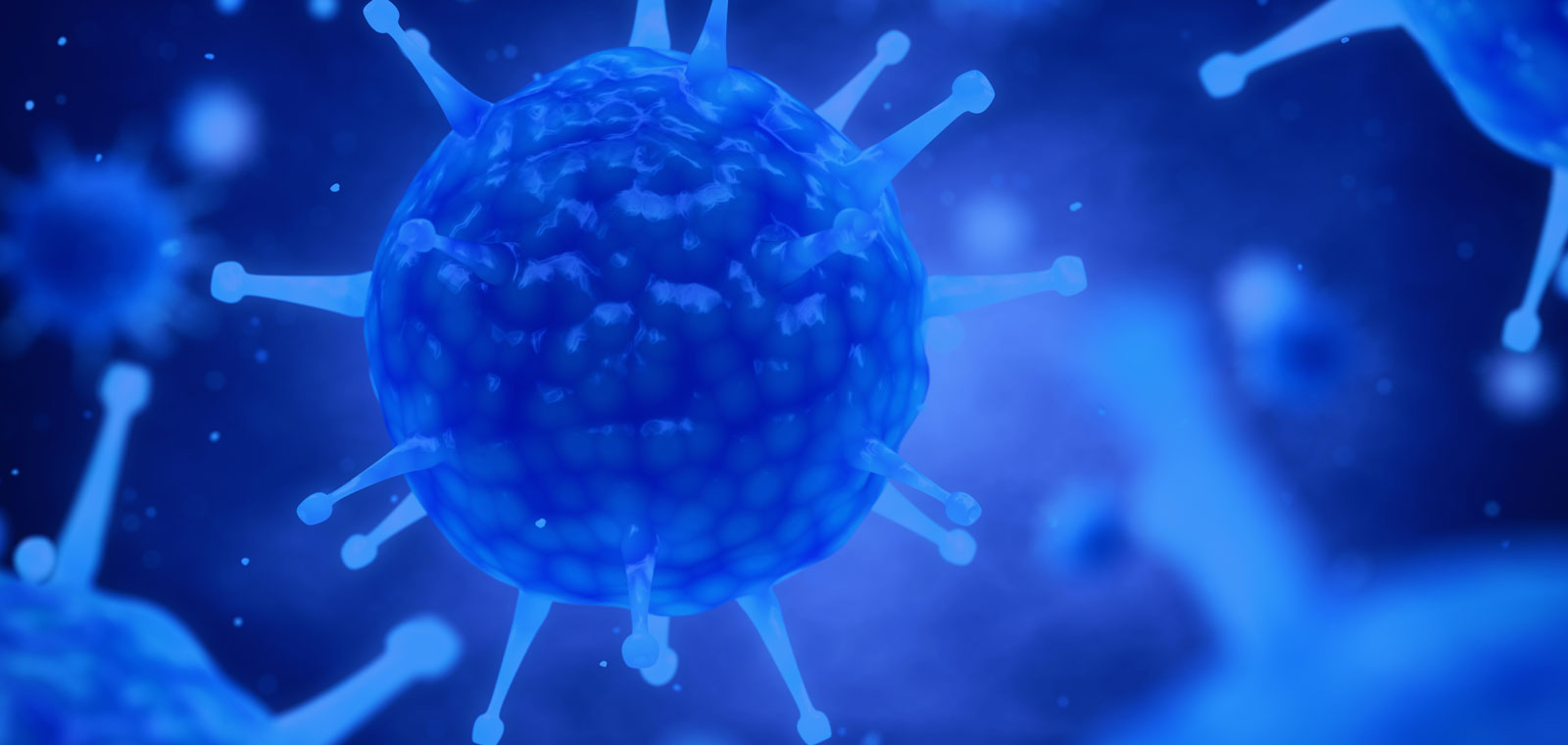
Like many other universities and institutes, BPRC also conducts research into corona. In this blog, we briefly explain why corona research is so important. We also give a small peek in our coronalab.
As mentioned, specialists all over the world are developing vaccines and medicines. More research is needed to know if these vaccines and drugs do what we think they do. First in culture dishes and then in laboratory animals. That’s because you cannot expose deathly ill people on the IC to the possible dangers of an experimental drug.
Safety at the labs
This is why BPRC is working on the coronavirus. In laboratories built specifically for these types of dangerous viruses. All air leaving the lab is first filtered through a hepa filter. These filters stop very small particles, so small that even viruses cannot get through. The people in the lab work with large amounts of virus. They must of course also protect themselves. That is why they wear protective suits and an air mask that filters the air they breathe. This happens through small hepa filter on a belt around the hip.
There are six doors between the outside air and the laboratory where we conduct research into the coronavirus. At some doors you can feel a little pressure difference. This underpressure ensures that no air flows out, but air is always drawn in. The viruses remain in the lab and cannot go outside.
Thorough vaccine research important
The first vaccine experiments will start soon. We are busy preparing. But because this is a novel virus, it is quite a lot of work. What exactly do you want to research? In any case, whether a vaccine is safe and whether it works. But how do you define that? In the best case, a vaccine protects against infection and disease. But what if the first experimental vaccines do not protect against infection but only against disease? Does such a vaccine end up in the dustbin? It is up to us to investigate that really well. And unfortunately that is still not only possible in a lab dish.
A novel virus brings new challenges. In order to be able to properly assess the effect of experimental vaccines and medicines, we will examine blood samples and smear tests from our animals. We test the blood samples for antibodies and the smears on the virus. The combination of these two tests provides a lot of information. For example, a properly working vaccine will activate the immune system, which means that antibodies, but no virus, can be found. BPRC develops tests specific to research in monkeys.
In this video we show what our coronalab looks like and how we work with the virus. Don’t forget to switch english subtitling on.


